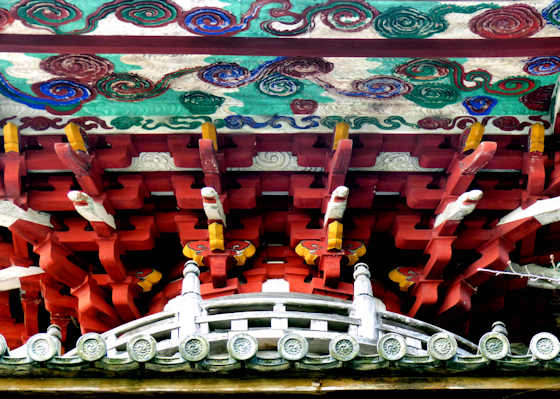Thursday, March 2, 2023
Nagaoka Family 18th Century Farmhouse
Sunday, December 11, 2022
Saimyoji Temple 3 on the Shikoku Fudo Myo Pilgrimage
On the third day of my walk along the Shikoku Fudo Myo Pilgrimage my first stop was Saimyoji, temple number three of the pilgrimage, located just outside Mima.
Tuesday, September 20, 2022
Myooin Temple 2 Shikoku Fudo Myo Pilgrimage
Japan Travel
Friday, June 10, 2022
Horinji Revisited
Horinji
Monday, April 4, 2022
Kumadaniji Temple Revisited
Kumadaniji Temple 熊谷寺
Wednesday, November 17, 2021
Kumadaniji Temple Niomon
Wednesday, August 11, 2021
Juraku-ji Revisited
Jurakuji
Juraku-ji is temple number 7 on the Shikoku 88 temple pilgrimage. I visited when I walked that pilgrimage but this time I am walking the Shikoku Fudo Myo Pilgrimage, and although this temple is not part of that pilgrimage, the first day and a half of the Fudo Pilgrimage roughly follows thye same route so I stopped in at any temples I passed.
Tuesday, April 27, 2021
Anrakuji Revisited
Anrakuji is temple number 6 on the famous Shikoku pilgrimage known as Ohenro. I had visited many years previously while walking that pilgrimage, but this time it was the second day of my walk along the Shikoku Fudo Myo-O pilgrimage.
Tuesday, January 26, 2021
Zuiganji Temple Tokushima
Zuiganji
After visiting Taisanji, the first temple on the Shikoku Fudo Myo Pilgrimage, I headed down the mountain and returned to my room in Tokushima City. There was still some hours of daylight left so I went to the Tourist Information Office and asked about any good gardens for viewing the Fall colors.


































































